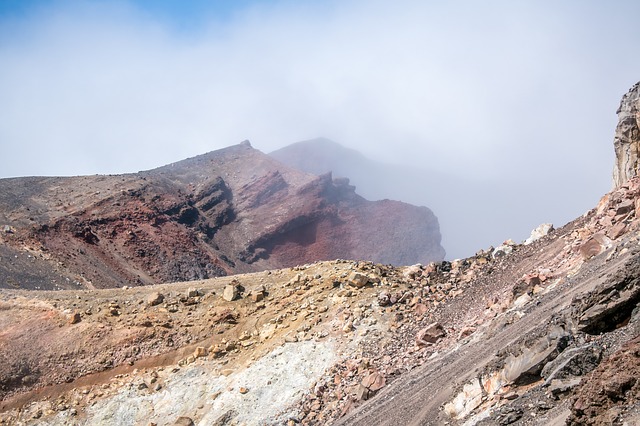This Content Is Only For Subscribers
Native plants in the Tongariro National Park are being hit hard by the spread of invasive heather with a 40 to 50 per cent drop in native species in some areas, a new study has found.
“The expansion of heather is having a dramatic effect on native plant communities in Tongariro,” says study co-author Dr Julie Deslippe, a senior lecturer in biological sciences at Te Herenga Waka—Victoria University of Wellington.
“In places where ground cover of heather is high, we found native ferns, sedges, and rushes have disappeared completely.”
Across the 15 sites surveyed in the study, areas with high coverage of heather had 11 fewer native plant species than those with low coverage, says Dr Deslippe.
Major changes in the growth of red tussock, a native grass and the dominant species in the national park, were also detected.
“We found a significant decline in the diameter of red tussock. We think the tussock may be responding to competition from the heather by reducing its spread and focusing instead on maintaining its height in an effort to survive.”
Heather’s expansion into the national park also appears to be having an effect below ground, said study co-author Darby Moyle, a Master of Science student at Te Herenga Waka.
“The roots of the red tussock play host to a particular type of beneficial fungus. The tussock and the fungus have a symbiotic relationship—each relies on the other for its survival. However, we discovered higher concentrations of heather were associated with lower levels of this fungus.
“We think this change is contributing to heather’s success and red tussock’s decline. The tussock is highly dependent on its symbiotic fungus so any reduction will make life harder for the tussock,” says Darby.
Heather has its own symbiotic fungus, which will spread as the plant advances. Heather is already common over roughly one third of the landscape in Tongariro National Park. The plant, with its distinctive pink flowers, is easy to spot from the Desert Road.
Heather was originally planted in the park in the early 20th century as part of plans to create habitat for grouse. It is now recognised as a pest plant and it is illegal to sell or distribute it.
“Heather’s invasion of our alpine tussock grasslands will likely lead to a loss of plant diversity, turning these native grasslands into low-diversity shrublands. We’ve seen similar patterns in other countries as invasive plants have made their way into mountainous areas, aided by a warming climate,” says Darby.
Results of the study are published in the journal Oecologia. The work, funded by a Marsden Grant from the Royal Society of New Zealand, is part of broader research investigating how changes in alpine plant communities will affect the carbon cycle.



